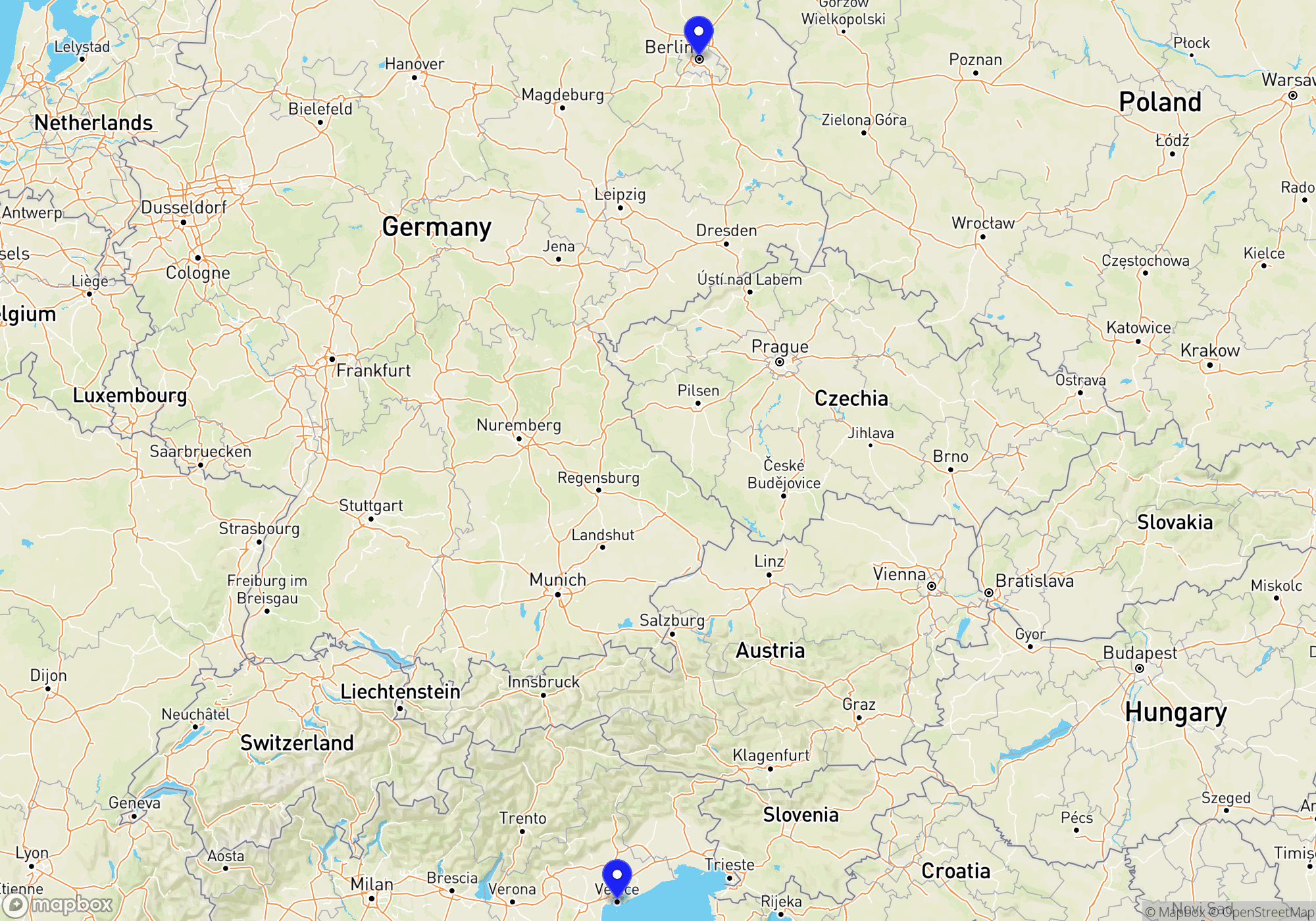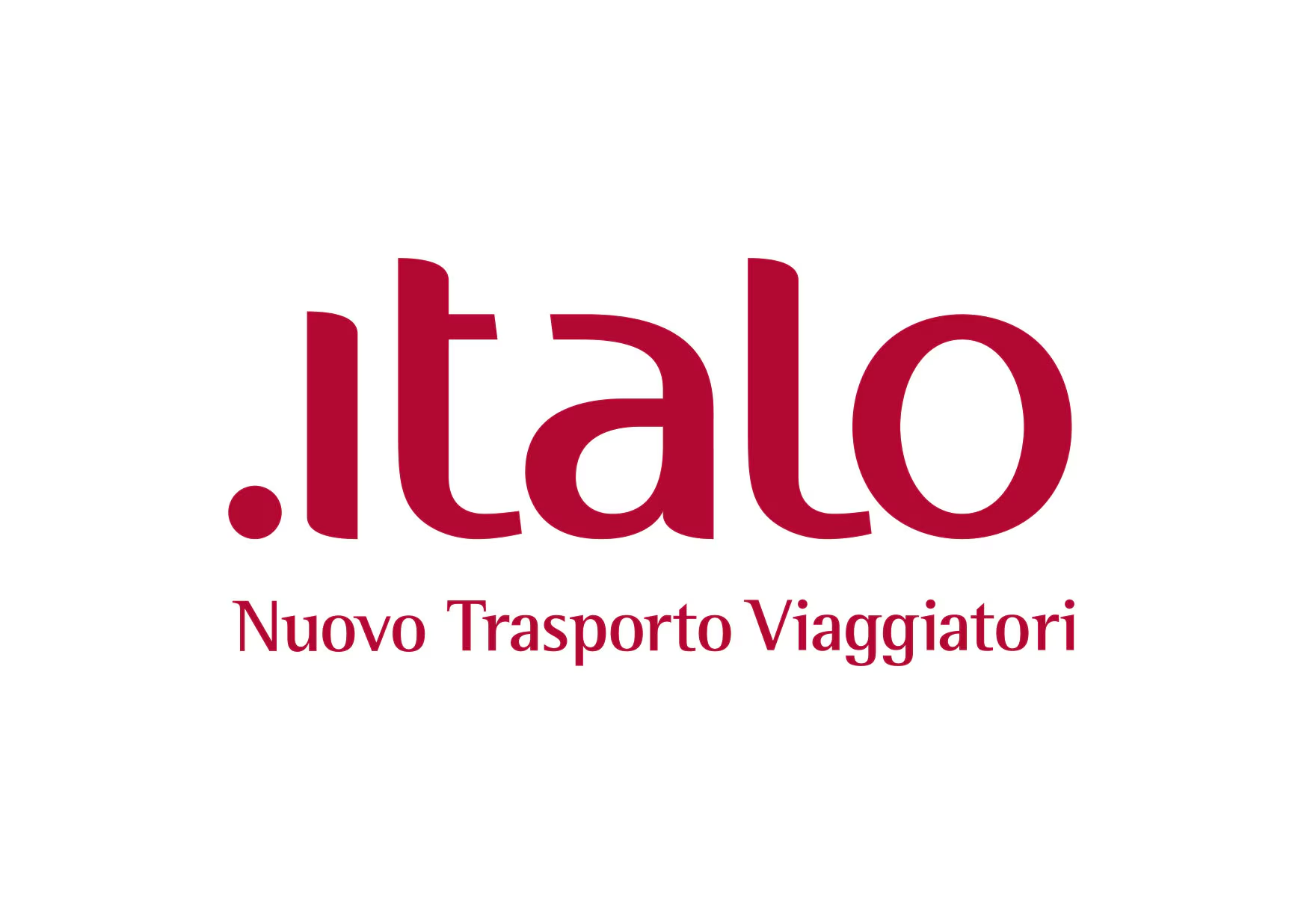
You can buy train tickets directly from the operator or through a reseller. The reseller is typically slightly more expensive (3-5%) but can provide an easier booking experience, especially if you travel with more than one operator.


These operators provide a complete journey either as a direct connection or through their partners. Even if a change of trains is involved, it’s all part of a single itinerary managed by the same train company or its partners, offering a smoother and more coordinated travel experience.


Some operators don’t run direct trains the whole way, but they serve either the departure or arrival station. In many cases, you can combine two of these operators to complete your journey by changing trains along the way. This is often a flexible and budget-friendly way to travel — especially if you’re comfortable piecing together your own itinerary.
Just keep in mind that these are separate journeys, which means a delay on the first leg could cause you to miss the second without automatic compensation or rebooking. It’s a great option for confident travelers who don’t mind a bit of extra planning.




Deutsche Bahn, the national railway company of Germany, operates an extensive network of high-speed, intercity, and regional trains. Their flagship high-speed service, the ICE (Intercity-Express), offers a fast and comfortable journey with modern amenities such as spacious seating, Wi-Fi, power outlets, and an onboard restaurant car serving beverages and meals. For intercity travel, Deutsche Bahn also offers IC (Intercity) trains, which provide comfortable seating and sometimes a bistro or dining car. Customer support services from Deutsche Bahn include online booking, mobile apps for travel management, and customer service available via phone and at stations. Travelers can rely on real-time updates and assistance both in-person and digitally to ensure a smooth journey.
Flixbus, primarily known for its expansive coach network, has also ventured into providing train services under the brand FlixTrain. These trains operate on several key routes within Germany, aiming to offer budget-friendly travel options. FlixTrain services generally focus on affordability rather than luxury, yet they are equipped with modern, comfortable seating, free Wi-Fi, and power outlets for travelers. While the amenities might not be as extensive as those on Deutsche Bahn’s ICE trains, FlixTrain provides a practical alternative for cost-conscious travelers. Customer support from Flixbus is accessible through their website and mobile application, where passengers can book tickets, receive travel information, and contact customer service for assistance. Flixbus’s integration of train and bus networks offers a comprehensive travel solution, appealing to travelers seeking both flexibility and value.
The Interrail Global Pass is valid for traveling from Berlin to Venice for EU residents, allowing passage through multiple countries. The Interrail One Country Pass would not be applicable as it covers only travel within a single country, such as Germany or Italy, but not international routes like Berlin to Venice unless combined with another pass. The Eurail Pass, intended for non-EU residents, is valid for this international journey from Berlin to Venice, as it allows travel through multiple countries in Europe.
Upon arriving in Venice by train, you’ll be at Santa Lucia Station, the main railway station in the city. Venice is unique when it comes to transportation as the city is built on a series of islands, making water-based modes of travel essential. The primary mode of public transport in Venice is the vaporetto, which are water buses that operate on the Grand Canal and around the lagoon, providing access to numerous stops throughout the city and surrounding islands. Tickets can be purchased at ACTV ticket booths or machines at major stops, including Santa Lucia Station. Water taxis are another option, providing a more private and direct service, but they are more expensive than vaporettos. For a more traditional experience, you can take a gondola ride, which is more suitable for leisure and sightseeing rather than practical transportation. For exploring on foot, consider the pedestrian bridges that connect different areas of the city. While Venice does not have a metro or tram system, the mainland districts, such as Mestre, do have buses and trams that connect to Venice. There are no ridesharing services like Uber in Venice proper, but you might find such services on the mainland. Taxis on the lagoon are predominantly water taxis, as land-based taxi networks are only available on the mainland. Remember, much of Venice is best explored on foot due to its narrow streets and pedestrian paths.
Venice is a key hub in Italy’s rail network, offering convenient connections to a range of domestic and international destinations. Domestically, one of the most popular rail links is the high-speed train to Florence, with services provided by Trenitalia’s Frecciarossa and Italo trains, typically taking around two hours. There are also frequent connections to Rome, with high-speed services taking approximately 3.5 to 4 hours, depending on the service. For trips to Milan, high-speed trains take about 2.5 to 3 hours, making it an efficient option for travelers. Bologna is another major destination, reachable in roughly 1.5 hours by high-speed train, making it ideal for a day trip.
Internationally, Venice is well-connected to several European cities. The popular Thello overnight train service allows passengers to travel directly from Venice to Paris, though note that this service may face changes in schedule, so always verify current availability. Additionally, travelers can reach cities like Vienna by taking the Nightjet service operated by ÖBB, the Austrian Federal Railways. This overnight train provides a comfortable journey to the Austrian capital. There’s also a direct EuroCity service to Munich, which takes about seven hours and provides scenic views. For nearby Slovenia, there’s a connection to Ljubljana from Trieste, accessible from Venice by a regional train to Trieste. These rail connections highlight Venice’s accessibility and make it an excellent starting point for exploring both Italy and neighboring countries by train.
The best time to visit Venice generally falls between April and June or September and October. During these months, the weather is typically pleasant, with mild temperatures and lower humidity, making it ideal for outdoor exploration and canal rides. These periods are often considered shoulder seasons, where you benefit from fewer crowds compared to the peak summer months, leading to a more enjoyable experience navigating the narrow streets and attractions. Train travel during these times tends to be more comfortable, with less crowded stations and carriages. Prices for accommodations and some activities may also be more favorable than in the high season, offering better value for travelers. Visiting in spring or fall means you can also partake in events such as the Venice Biennale (running from May to November on odd-numbered years) or the Venice International Film Festival in late August to early September, adding cultural enrichment to your trip. However, it’s advisable to check specific festival dates and book in advance to secure the best deals. If you’re interested in experiencing the famous Venetian Carnival, visit in February, but be prepared for higher prices and larger crowds.
When traveling from Berlin to Venice by train, it’s important to pack essentials that will make both the journey and your stay in Venice comfortable and enjoyable. Bring your passport or national ID for travel across borders. Purchase train tickets in advance and have either digital copies or printouts available. Carry an EU-compliant power adapter as Italy uses a different plug type (Type L) compared to Germany. Pack comfortable clothing and layers, as well as a travel pillow and blanket for a cozy train ride. Consider earplugs or noise-canceling headphones to reduce noise during the journey. Keep snacks and a refillable water bottle handy. Bring a travel guide or download maps and apps onto your phone to navigate Venice. Essentials such as toiletries, personal hygiene items, and any prescribed medications you might need are also important. Carry a portable charger for your devices, and don’t forget your camera to capture the beauty of Venice. Pack a small day bag for day trips and sightseeing. Finally, have Venetian accommodation details, such as the address and contact number, easily accessible.